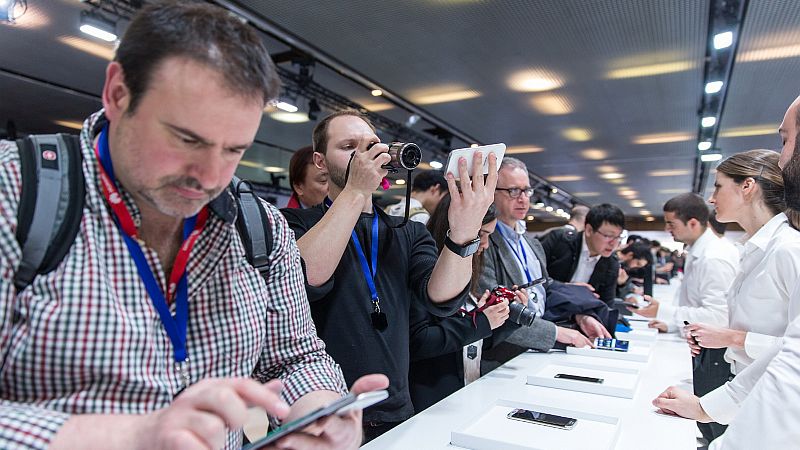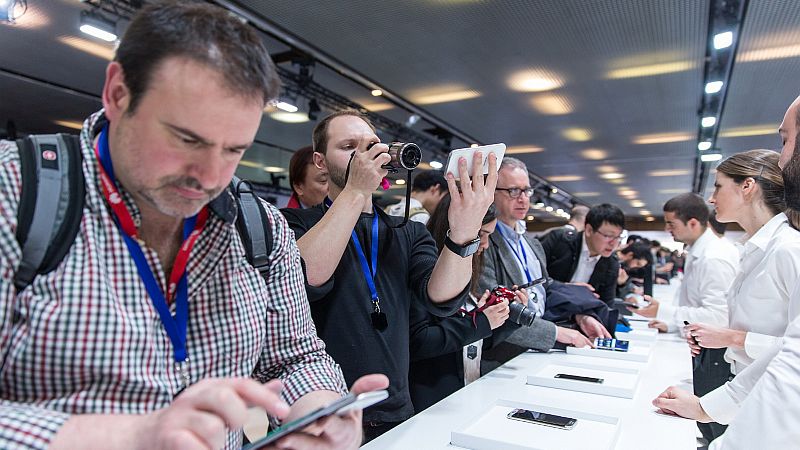

Nokia has released its first Threat Intelligence report for H1 2016 claiming that there has been a sharp rise in the rate at which smartphones are being infected. Some of the key findings of the Nokia Threat Intelligence report suggest there has been 96 percent surge in the average smartphone infection rate in the first half of 2016, compared to the second half of 2015.
The malware infection hit an all-time high in the month of April this year where 1.06 percent of devices were reported to be infected by a range of malware including ransomware, SMS Trojans, personal information theft and aggressive adware. Nokia claims that in April, every one device out of 120 smartphones was infected.
Android was the worst hit OS and it accounted for 74 percent of all malware infections compared to Window-based systems which accounted for 22 percent, and other platforms including iOS devices accounting for 4 percent.
“Downloaded mobile applications are a key conduit for malware attacks. The Nokia Threat Intelligence Lab detected infected copies of an extremely popular mobile game within hours after they were posted on untrusted third-party download sites,” pointed out the report.
It also added that malware is becoming “sophisticated” which means new variations attempt to root the phone and taking the control have been reported. Nokia Threat Intelligence report lists top three mobile malware threats of H1 2016 were Uapush.A, Kasandra.B and SMSTracker, together accounting for 47 percent of all infections. The report aggregated data from over 100 million devices, including mobile phones, laptops, notepads and Internet of Things (IoT) devices.
The Nokia Threat Intelligence report will be issued twice per year and will examine trends and statistics for malware infections spread across various devices.
Kevin McNamee, Head of the Nokia Threat Intelligence Lab, said: “Today attackers are targeting a broader range of applications and platforms, including popular mobile games and new IoT devices, and developing more sophisticated and destructive forms of malware. Nokia’s network-based security solution is the best approach to address this growing threat to all types of devices. It detects and prevents malware activity that device-based solutions may miss.”
Apart from mobile malware on smartphones, the report observed that malware infections on mobile networks as well as fixed networks has increased by 20 percent and 11 percent respectively, as compared to the second half of 2015. “The overall monthly infection rate in residential fixed broadband networks reached an average of 12 percent in the first half of 2016, compared to 11 percent in late 2015, primarily due to an increase in moderate threat level adware. These infections are mostly due to malware on Windows PCs and laptops in the home, but also include infections on smartphones using home Wi-Fi.” the report added.
[source :-gadgets.ndtv]
